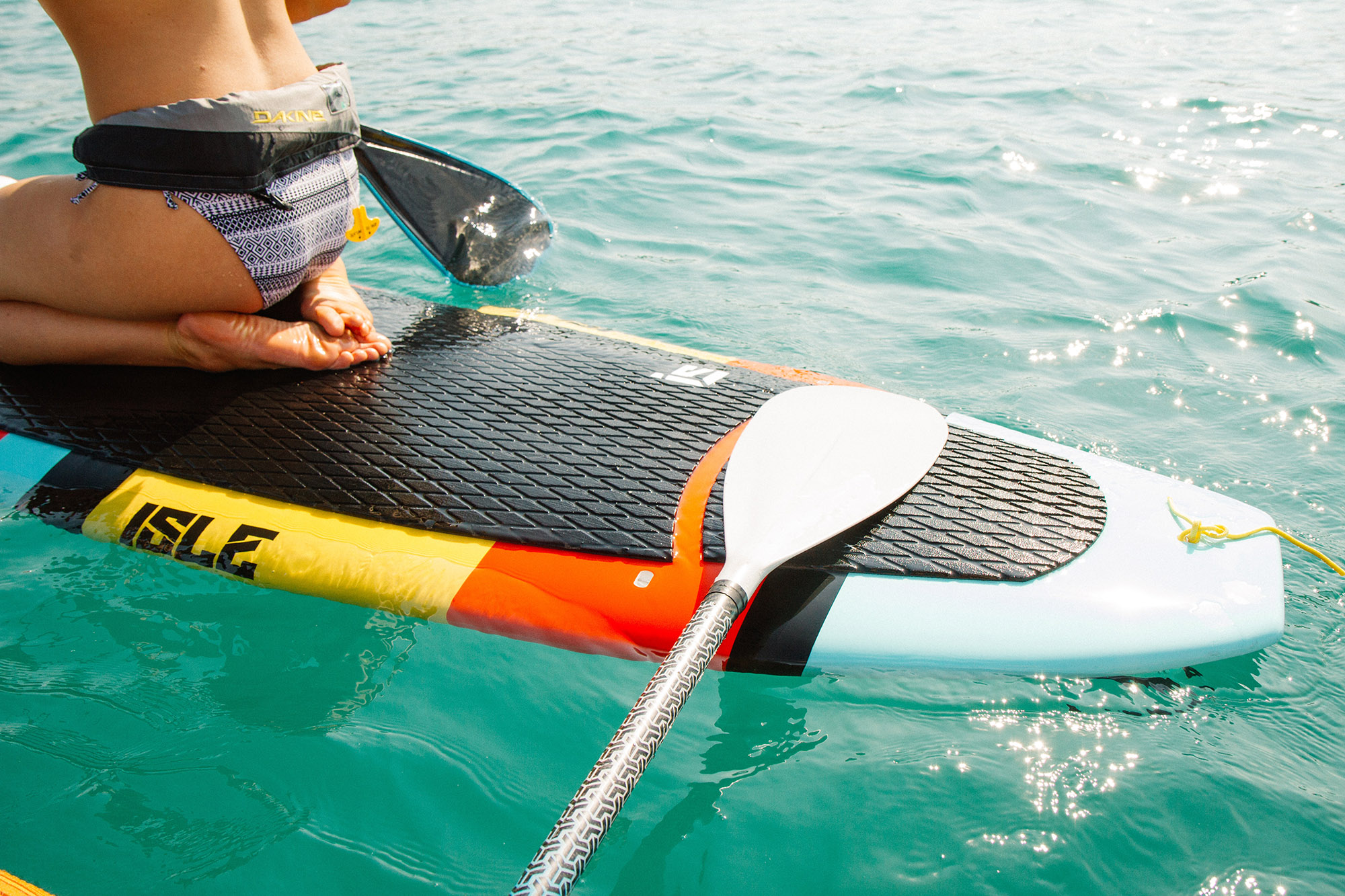
Minimizing Post-Workout Muscle Pain
The pain of a workout is something we have all experienced at one stage or another. Whether it be our first attempt at exercise, trying a new routine or getting back into an old one, muscle soreness can have huge effects on our motivation and outlook on exercise. As muscle soreness is something that effects all of us, here are Pivotal Motion’s top tips to minimising muscle soreness.
What is it?
The correct term for this post-workout pain is Delayed Onset Muscle Soreness, or DOMS, and occurs when muscles are stressed beyond their usual capacity. It has been hypothesised that DOMS is caused by one or some of a range of different issues including; lactic acid, muscle damage, muscle spasm, connective tissue damage, inflammation and enzyme activity.
It is important to remember that DOMS is a regular and normal occurrence. Though the pain should not be debilitating, some discomfort and tenderness should be expected. Unfortunately, research has not uncovered an exact way for reducing DOMS. However, there are some anecdotal ways in in which we can look to minimise its effect.
-
Warm-Up and Cool-Down
A proper warm-up and cool down routine can be hugely beneficial in minimising soreness as well as decreasing injury risk.
When preparing to exercise make sure that you do a short bout of full body movement. This can include treadmill walk, cycling or rowing to warm up the muscles for the session ahead. It is good to follow this up with dynamic stretching.
The cool-down is equally important for good recovery. It should involve some light cardio/full body movement followed by some static stretching to relieve pressure on the muscles.
-
Hot-Cold Treatment:
The hot-cold treatment has been used for years in sport and aids in the recovery of muscles after intense bouts of exercise. Water (a shower or bath) or heat/cold packs can apply the appropriate hot-cold treatment.
The heat will help to increase circulation to the affected area so aid in muscle mending. It is important to remember that heat treatment has also been associated with increased inflammation.
We recommend a couple alternations before finishing with cold treatment to best increase muscle recuperation.
-
Rest
When your muscles hurt, the last thing you want to do is go exercise again. We completely support some rest for 1-2 days after a serious spell of DOMS. If only specific body parts are sore, it may be good to work other parts, minimising the recurring load in the sore muscles but still providing time for improvement.
-
Exercise
Shocking we know. When you are sore from doing exercise the best way to help is often more exercise. If DOMS lingers longer then 1-2 days it can be good to do some physical activity utilising the sore body parts.
Whether it is a light jog following a hard leg session, or a walk following some running, using the limbs increases circulation and can get the blood and oxygen to the muscles that they require to recover.
This movement and blood flow can also help to break-down or remove any stores of toxins that have built up from the exercise.’
Post – workout Muscle pain can effect all of us. Get the right treatment; contact the physiotherapist Newmarket trusts to get them moving again, Pivotal Motion! Call our Exercise Physio today on 07 3352 5116 or book online.




